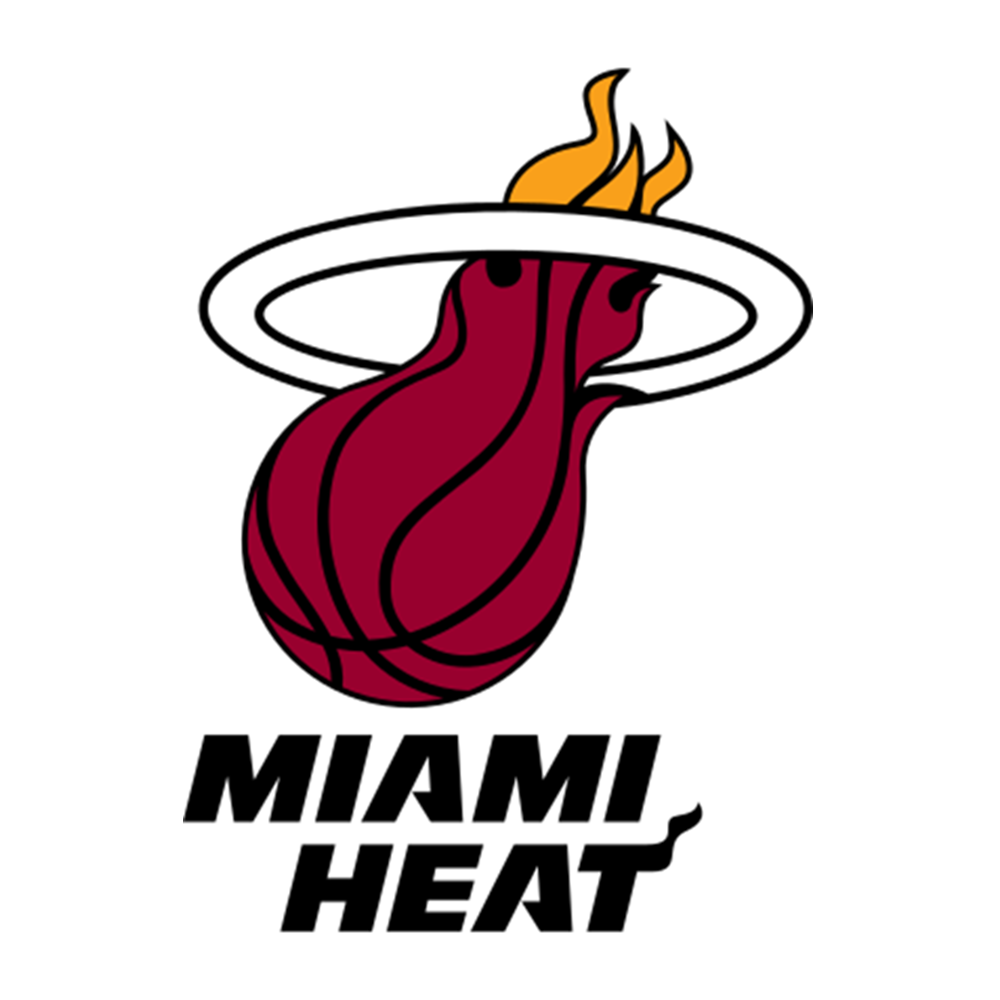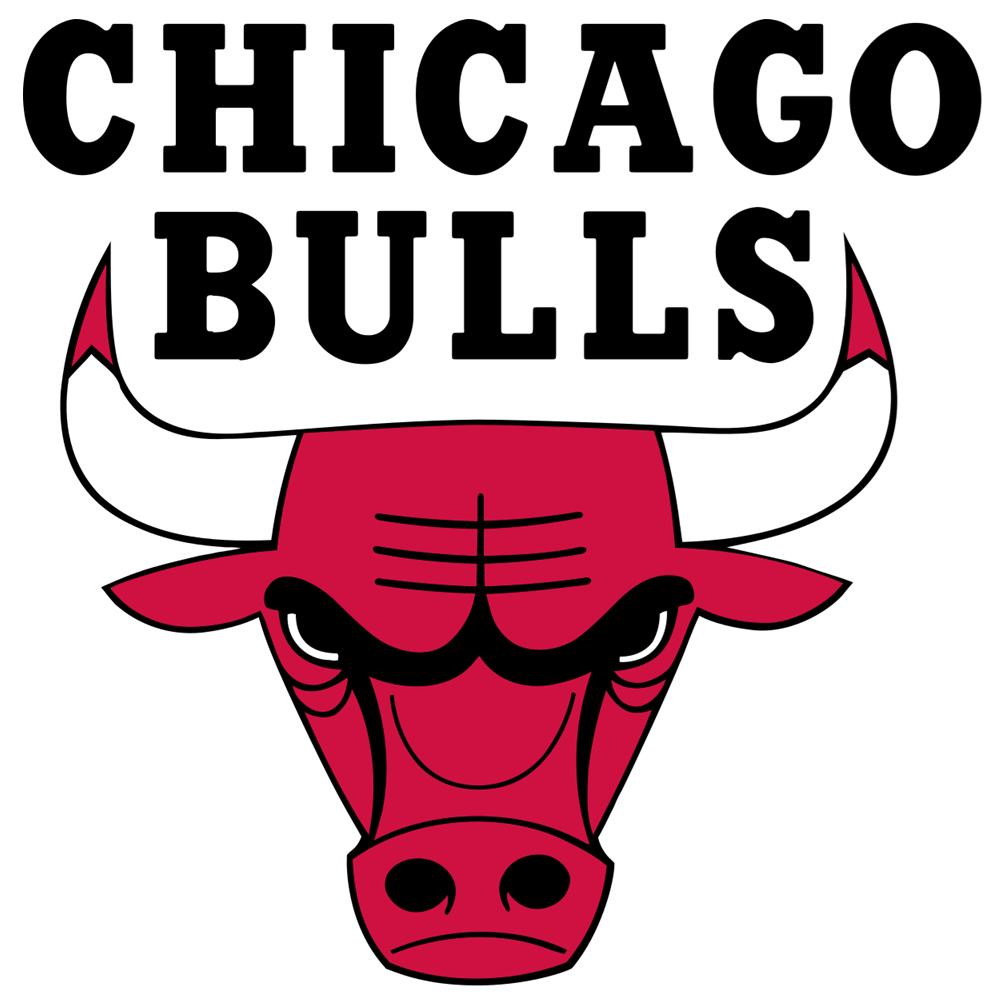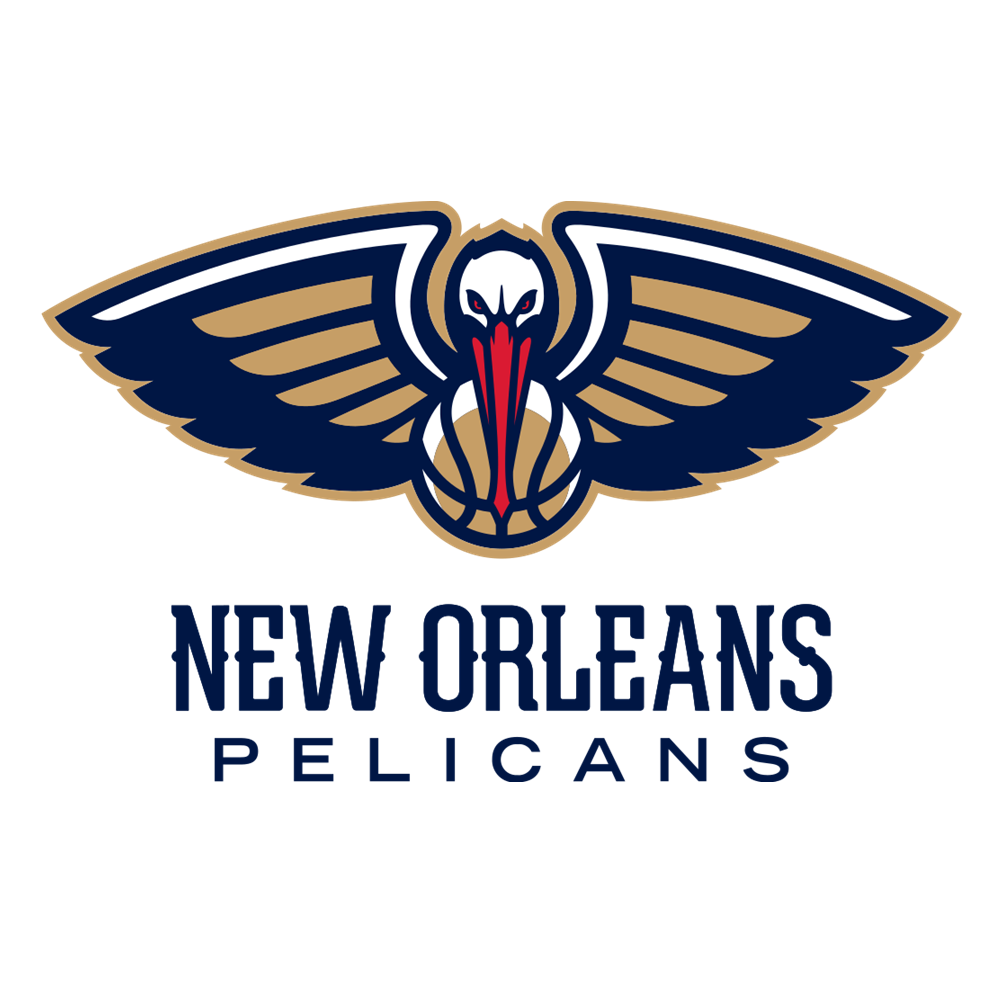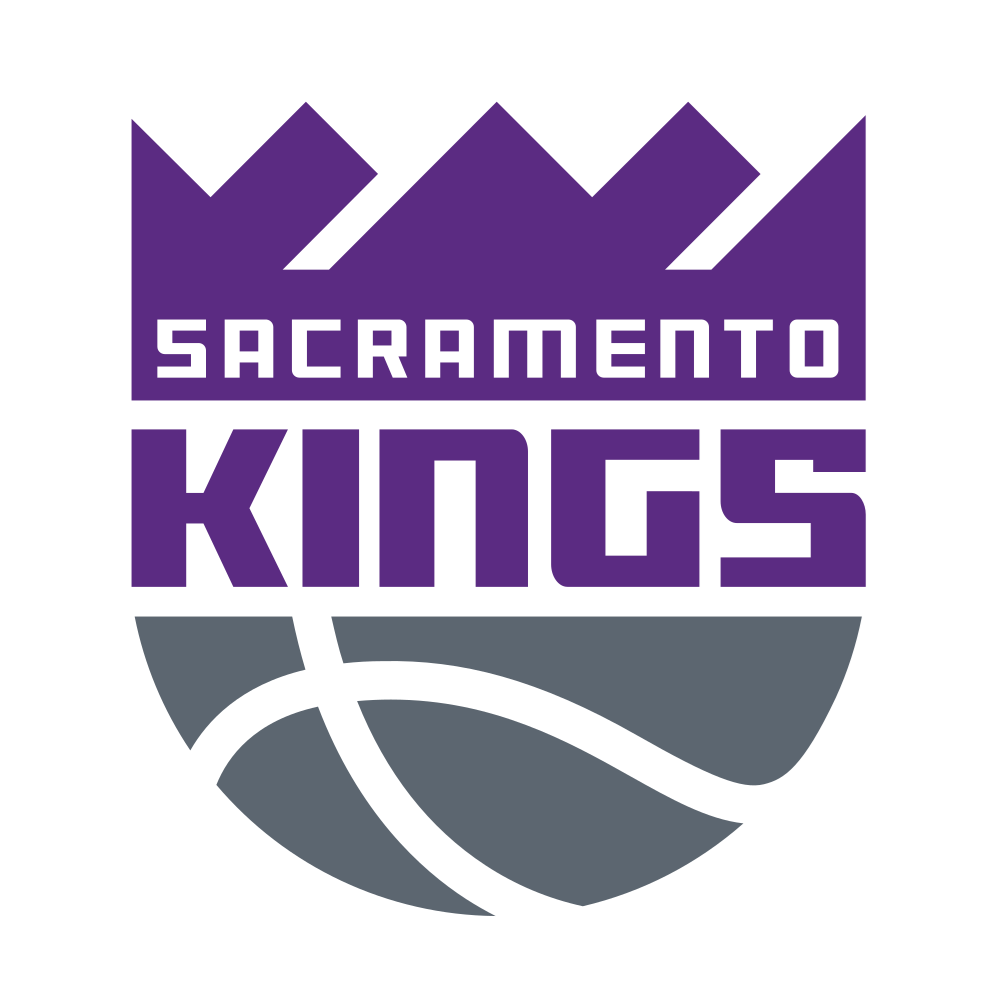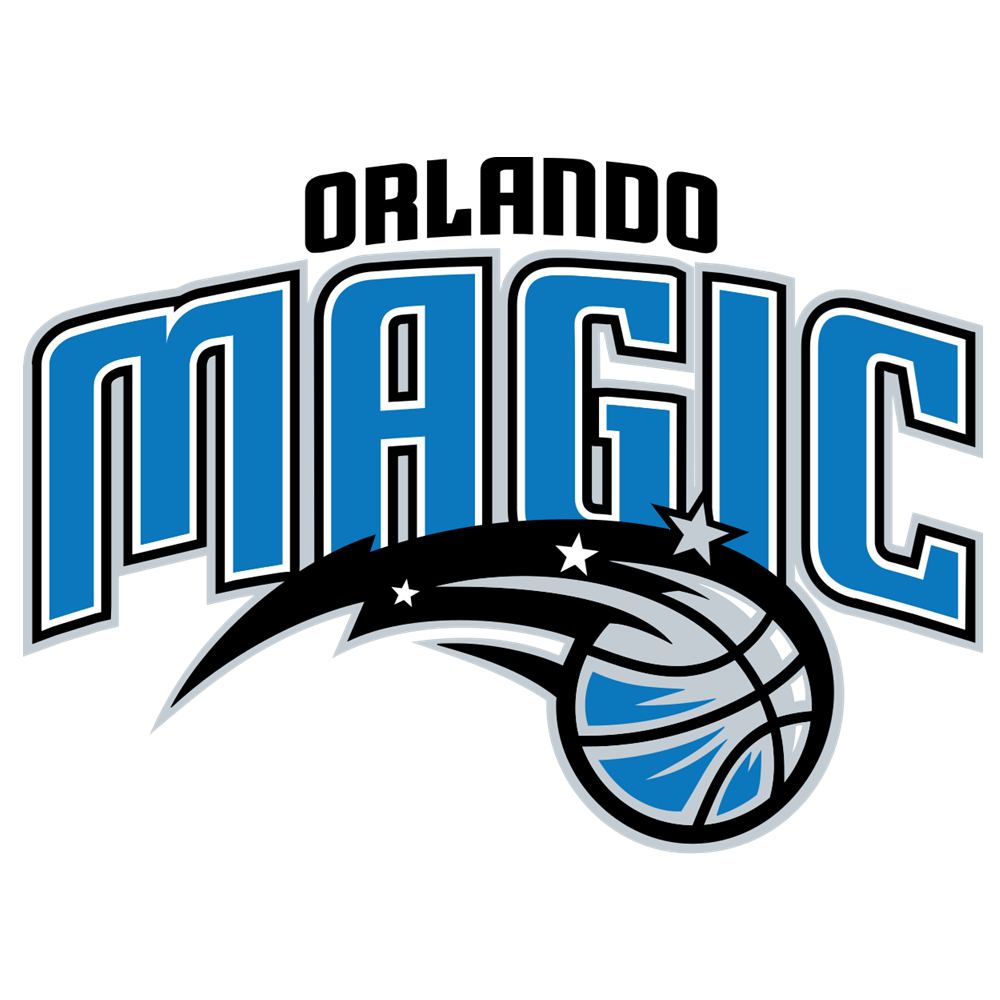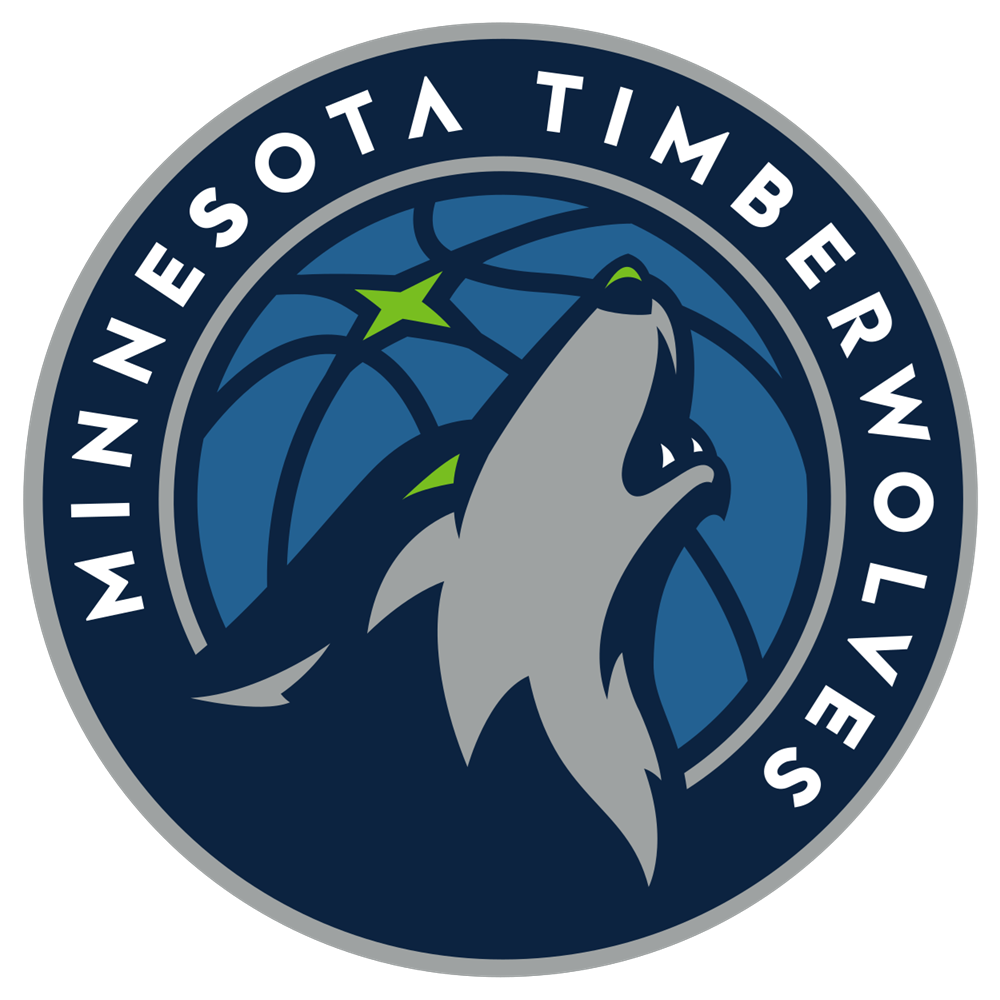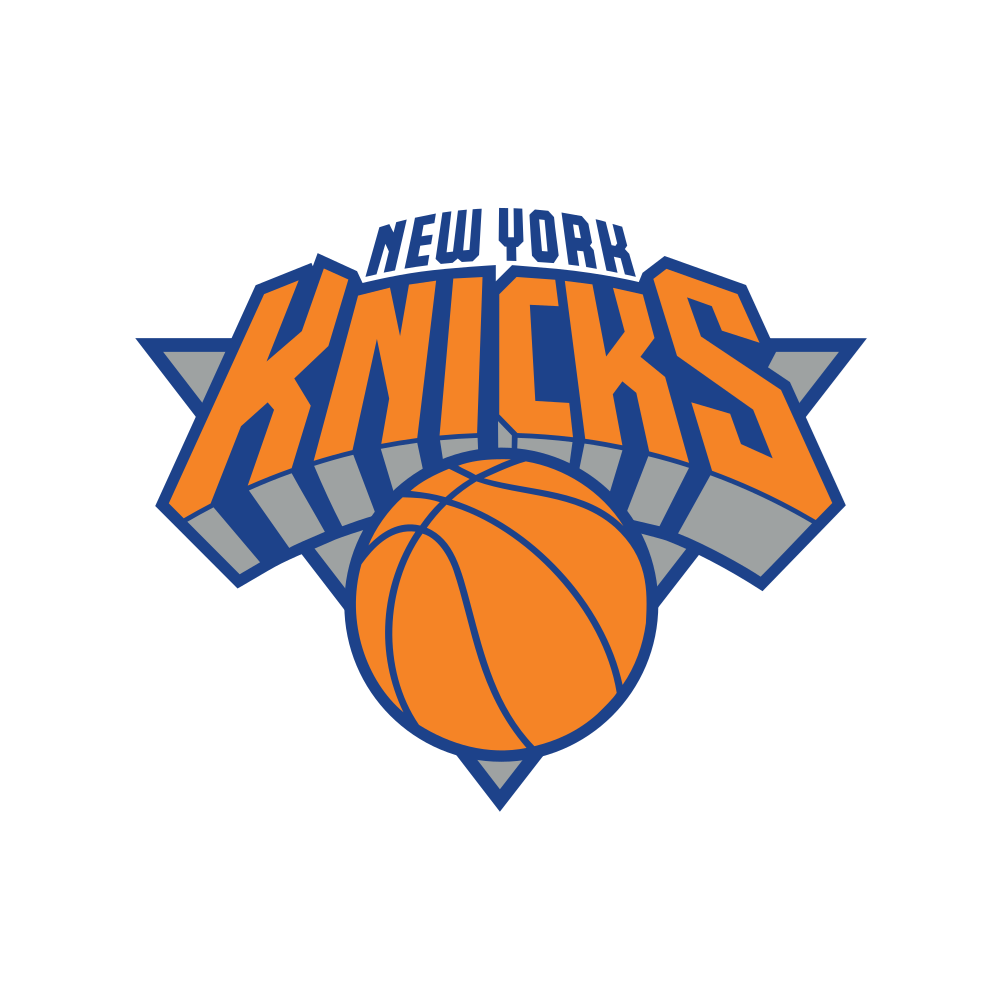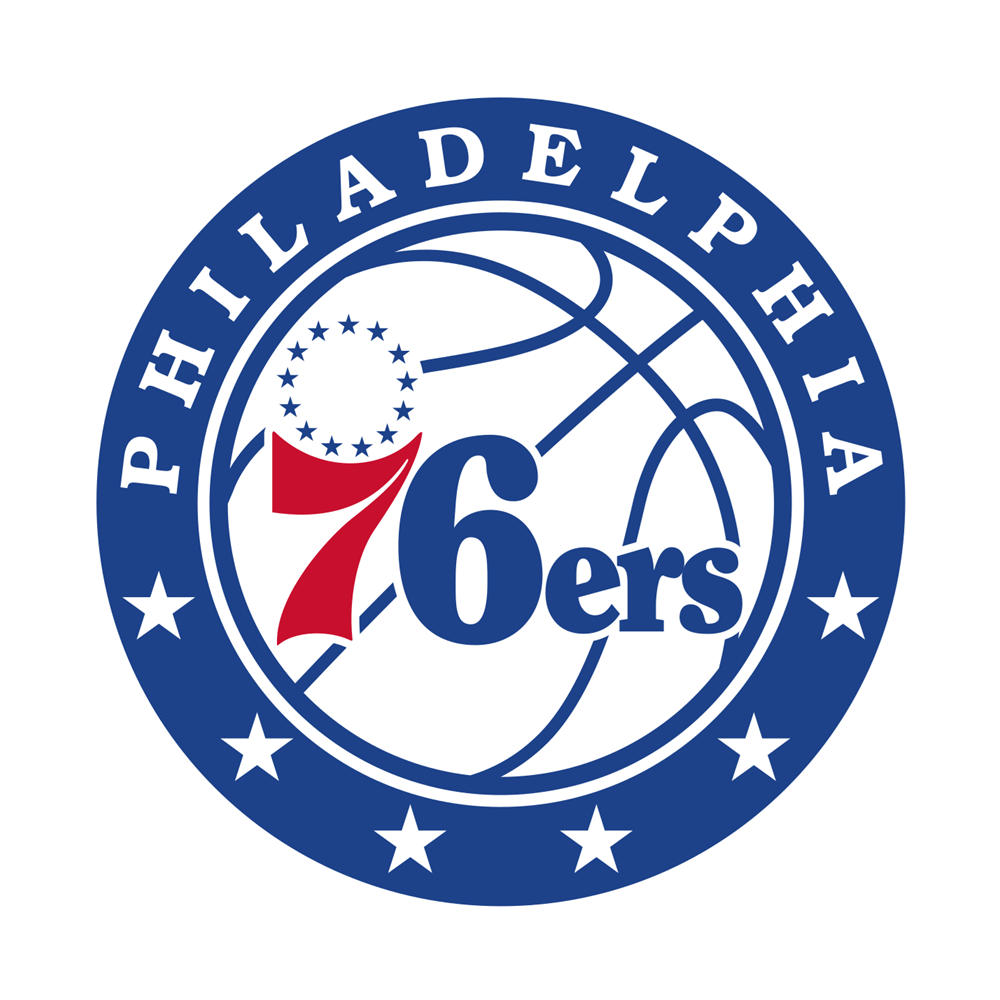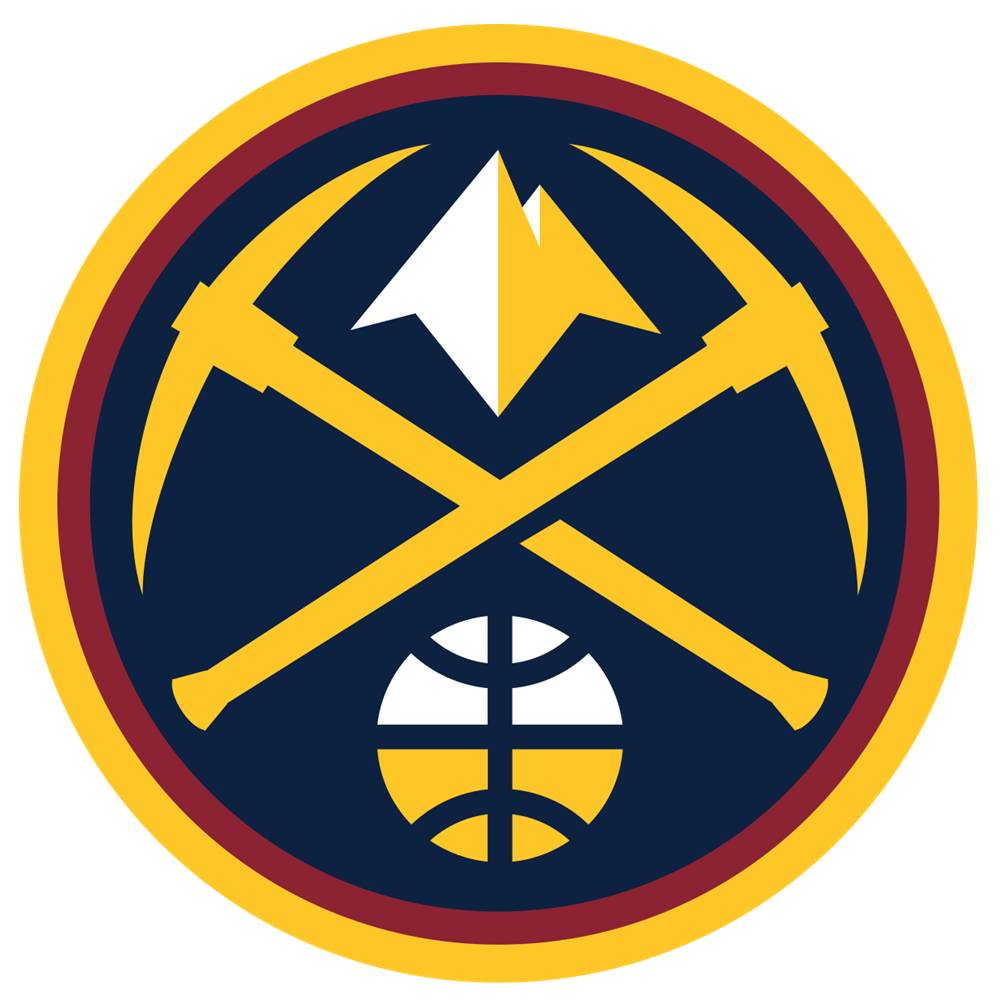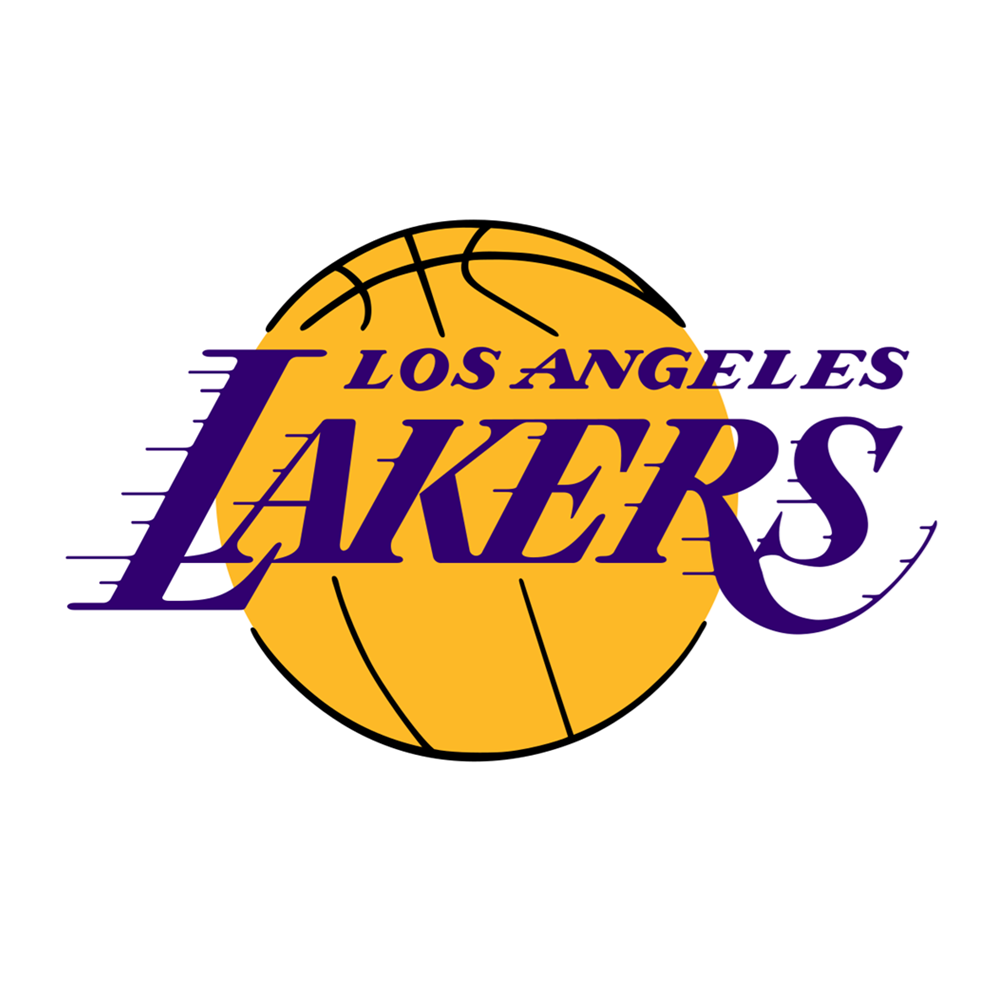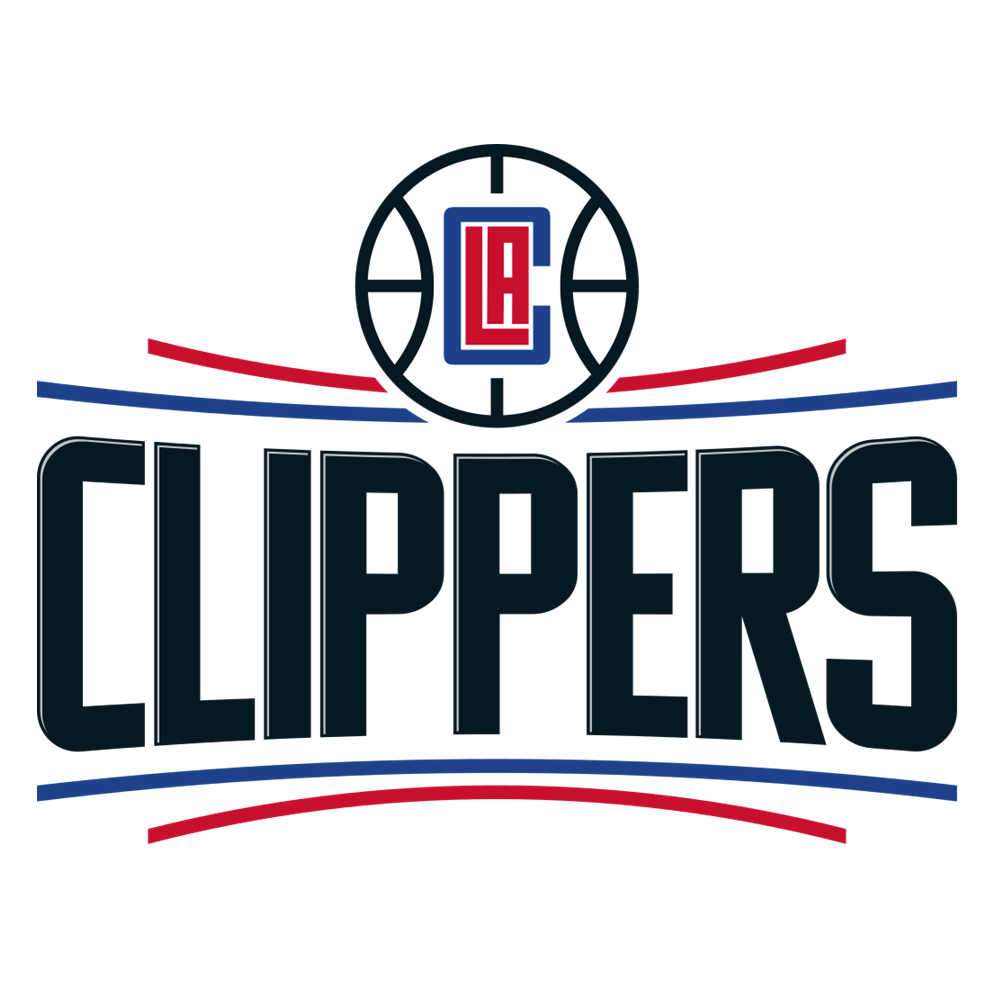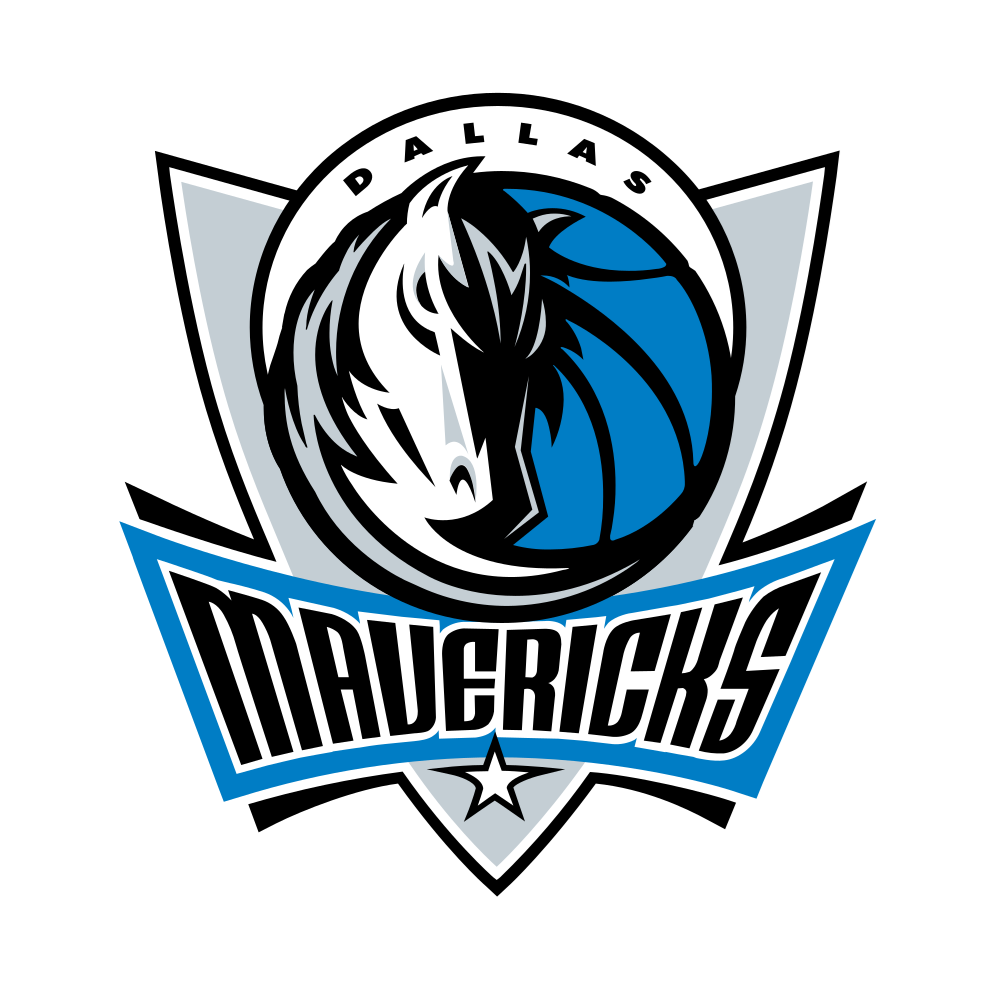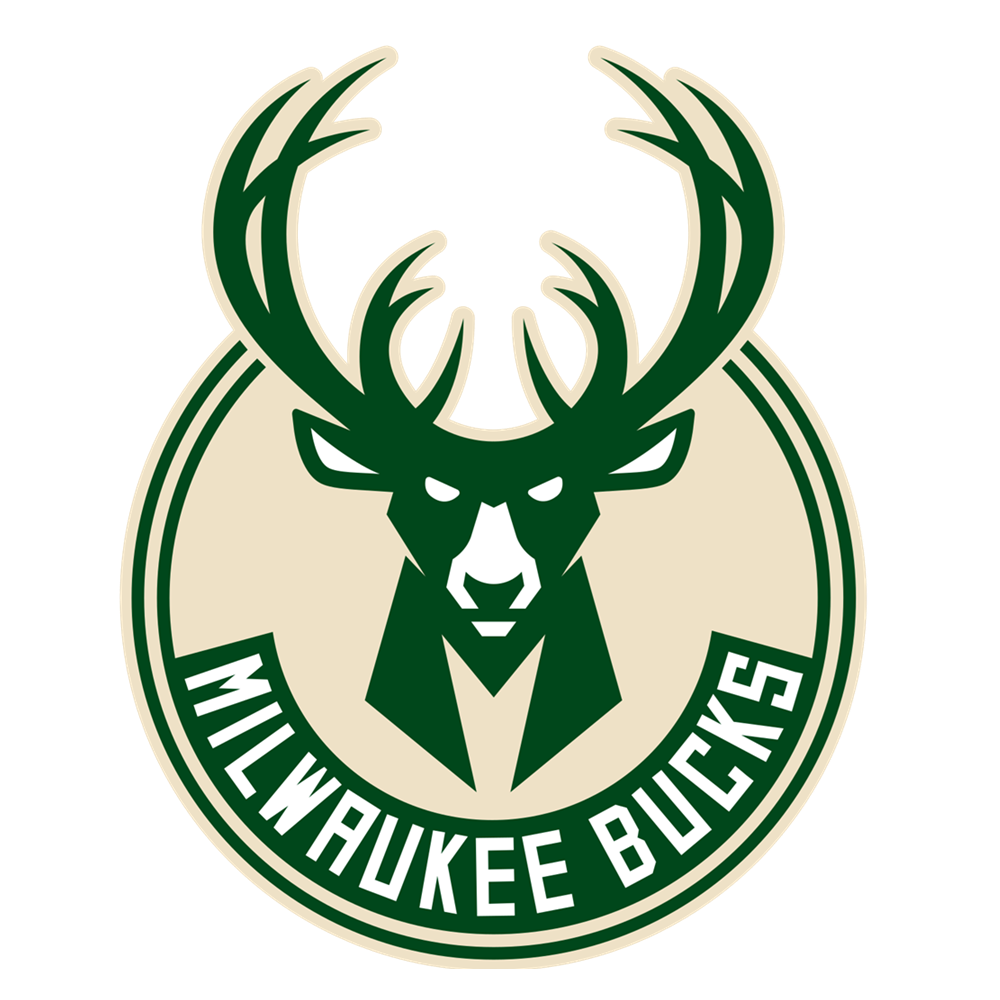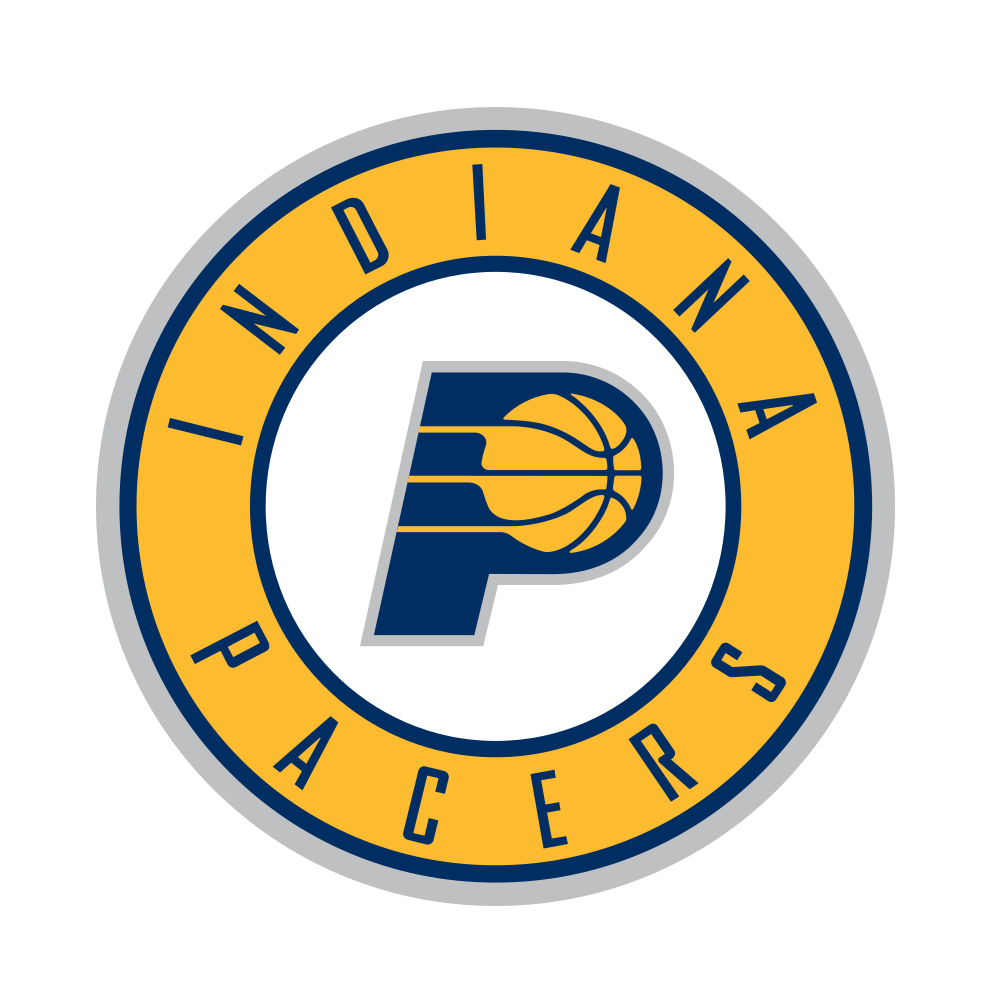Coming into this season, the Chicago Bulls were not meant to be in any way competitive, other than for the NBA’s worst record. And that was by design.
In the offseason, Bulls Vice President of Basketball Operations John Paxson and General Manager Gar Forman finally decided (or were empowered by ownership to decide) on a direction from their team. Having seen their competitive teams under the Tom Thibodeau era disband due to injuries, free agency and friction, a one-year patchwork job saw them flank star swingman Jimmy Butler with veterans Rajon Rondo and Robin Lopez, retain Taj Gibson, and, most notably, bring in Dwyane Wade.
In theory, the Bulls would stay reasonably competitive in an uncompetitive-except-for-the-Cleveland-Cavaliers Eastern Conference. Wade would add some star power and intrigue and Rondo would shore up the team’s weakest position, while Gibson and Lopez would add some toughness and talent to a transient frontcourt. In practice, however, they were not very good, scraping in as the eighth seed only to be knocked straight out by the Boston Celtics, and with yet another bout or two of turmoil along the way.
Since the past trade deadline, however, that edition of the Bulls has been disbanded. Gibson was dealt at the deadline for very little, while Rondo was cut, and Wade was bought out, ultimately receiving a total of $38.8 million for one injured season of work. Lopez remains, but Butler is gone, by far the most noteworthy departure of the bunch, reunited with Thibodeau with the Minnesota Timberwolves in a deal that, at the time, was largely unpopular.
It turns out, however, that the early returns on that trade are pretty good. And it also turns out that, when they are at full strength, the Bulls are better than perhaps they expected, or that they even wanted to be.
The Bulls limped out to a 3-20 start in large part because of injuries and one suspension. It began with a literal bang, as Bobby Portis punched playing time rival Nikola Mirotic in the face - Portis missed eight games through suspension as a result, while Mirotic missed all 23 of those games due to the subsequent facial injury. And with that, two key talents were removed from the court.
In their stead, head coach Fred Hoiberg resorted to playing frontcourt minutes to Quincy Pondexter, a veteran swingman who had missed the entirety of the previous two seasons with an injury and subsequent infection that almost cost him his life, and Cristiano Felicio, the backup Brazilian big man who has regressed alarmingly since receiving a long term contract in the offseason. Those two, plus heavy minutes to Paul Zipser, made for a triumvirate of underwhelmingly athletic frontcourt players with limited skill levels, all of whom are quite effective as the heady fifth player in a more dynamic and spread five-man unit, but any combination of which bogs down more limited line-ups significantly with their inability to create any space, defend in any space, or shift a defence.
Similarly, Kris Dunn’s absence due to injury for the beginning of the season made for a big deficiency at the point guard spot. Jerian Grant, a useful backup point guard in the mould of Jeff McInnis but not much more than that, had to play the role of primary half-court facilitator and defence-breaker, something at which he is not adept. All that resulted in was that, in his determination to not throw bad passes, Grant was not throwing enough passes, then overpassing when around the basket, and the Bulls’ offence frequently bogged down.
Robin Lopez was taking early-season pick-and-pop threes not because it was designed that way or because he was good at it, but because him doing so was slightly better than the inevitable shot-clock violation that would inevitably happen otherwise. Such was the offensive stagnation at the time.
Beyond Grant at the backup point guard spot came only the now-waived Kay Felder (refreshingly quick but a shoot-first player who just does not shoot well enough) and Ryan Arcidiacono (who is not an NBA calibre athlete or shooter, thus serving no obvious purpose on an NBA court). The limitations were pronounced, and the quartet of Felder, Zipser, Pondexter and Felicio played a damagingly large amount of minutes amid the injuries.
Nevertheless, with the returns of Dunn, Portis and (most notably of late; they have won all six games he has played) Mirotic, the Bulls are now nine strong. And it’s a good nine.
Between Portis, Mirotic and Lauri Markkanen, the Bulls have three face-up, ball handling, driving, cutting and shooting new-age power forwards. They have an excess of what is now considered a premium type of talent. Dunn, meanwhile, has turned around a terrible rookie season and is growing game by game. And with that, two out of the five positions already look solved going forward.
All with Zach LaVine is still to come.
Of course, the optimism must be tempered by context. Despite it containing wins over quality conference-rival opposition in the Celtics, Milwaukee Bucks and Philadelphia 76ers, the six game winning streak the Bulls are on is perhaps not itself indicative of the talent level of the time. This is not a competitive team in the East, even with LaVine back in the fold. This is a team maximising what it is has in the short term, but one with shortcomings, particularly defensively, that are waiting to be found out.
Nevertheless, the Bulls of the last six games look legitimately decent. This is not just a team riding a Mirotic hot streak. This is a team with several good pieces, playing well, playing hard, and playing cohesively. And, for the most part, those pieces are young.
In some ways, this presents a dilemma for the Bulls. After all, while the aim is to eventually be very good, the socialist vehicle that is the NBA Draft rewards failure, sufficiently well that deliberately being bad is normally the aim. It seemingly was the plan to be pretty poor this season, draft highly at least next year If not for the next two years, and play the long rebuilding game.
If they keep playing this well, however, they will not even draft high once. The question now is whether, if this is the new standard, they need to do something.
Put perversely, do they need to get worse?
In similar situations in the past, teams often sell off their better players for draft assets. This is common enough practice so as to have become normalised thinking. So increasingly is the idea of ‘shutting down’ the better players.
The Phoenix Suns of last season took this to extremes, trading P.J. Tucker to the Toronto Raptors and shutting down veterans Tyson Chandler and Eric Bledsoe with more than a month to go under the guise of ‘rest’ and ‘giving younger players an opportunity’. It is normally closer to a week than a month. Nevertheless, despite Phoenix’s exaggerated version of it, the strategy is fairly universal when rebuilding calls for it.
It is far too early for the Bulls to consider shutting players down, of course. But the trade discussions ought to, must have, and will have already started.
Indeed, maybe they started them from day one. Just as the draft pick-less Brooklyn Nets brought in quality veteran big man Trevor Booker despite his veteran status, with a view to reselling him on the trade market, the Bulls may have done the same with Justin Holiday. Holiday signed this summer for two years and $9 million, an extremely tradable contract, yet while he was ostensibly brought in to be useful wing depth to stop the rot on both ends, he also signed a tradable contract for a reason.
Mediocre to poor teams signing veterans to team friendly contracts with a view to dealing them for the future assets they otherwise lack could be, and perhaps should be, a new paradigm. It worked with Booker, for whom the Nets last week yielded Nik Stauskas, Jahlil Okafor and a second round pick, in the hope that at least one of those can turn into a useful player for them going forward. And perhaps it could do the same for Holiday.
If Chicago is not calling up and offering him to more competitive teams in deals for more youthful pieces – like, say, ringing the Oklahoma City Thunder and offering him for Kyle Singler’s contract and rookie Terrence Ferguson – then they really should be. Holiday’s scoring volume right now should be capitalised upon, as should Mirotic’s.
The difficulty here, however, is that many of the pieces that have gotten the Bulls playing so well are themselves mostly young. Markkanen is a rookie, Dunn and Denzel Valentine are sophomores, Grant and Portis are third year players, and when he takes the court, LaVine will be in only his fourth year himself. Those are not ones to sell. Those are the ones who should be proving whether or not they become part of the core.
Even with the few incumbent veterans, should they make any moves to weaken the on-court product for the remainder of the season in pursuit of the Doncic Dream, the Bulls need to be careful. The strategic aim might be to get to the top of the draft, but the aim of the product on the court must not be to stop trying to win. This would undermine everything else.
When teams pay lip service to the idea of rebuilding, the cynical viewpoint is that they do so idly. “Rebuilding”, it is too easily assumed, is synonymous with “losing”. The risk there however is that losing becomes the aim rather than the by-product. And while success in the draft is tied to a lot of losing unless you are either very lucky in the draft or very good at it (or prepared and able to trade your way into it, a la the Jimmy Butler trade), aiming to lose is fundamentally at odds with successful sports team building.
Coaches and players cannot in good conscience try to lose. To do so would run against their entire basketball upbringing and fundamentally go against the nature of high level athletic competition. There are exceptions, of course, not least of which was a completely unsubtle you-must-not-win-this-game edict that once saw Mark Madsen attempt seven overtime three-pointers. But this is a rogue, ugly anomalies for a reason.
That said, they have to accept some realities of the sports business. A good coach understands that business decisions may necessitate them losing players to strategic decisions outside of their control, and works to nonetheless develop and cohere the players they have, no matter the state of flux the team is in or how briefly that player may be with the team.
Brett Brown, the overseer of the process for the Philadelphia 76ers, is a prime example. So is Brad Stevens with the Celtics. Both joined teams in a rebuild of some description, whom everyone knew were in a state of flux, and set about instilling systems and concepts with a playing rotation who they knew would largely not be around to reap the benefits. They now reap the rewards of their patience.
Similarly, players need to do their best, no matter the team’s overall intent. While not technically true, the NBA essentially operates as a business with thirty different field offices, to which staff can be reassigned (traded) at any time. Potential employers are always watching, and if a player were to quit, those employers would notice and employ someone else. Players must play to win.
Both of these are happening in Chicago. Perhaps mindful of his variable job security, Hoiberg has continued to try and say and do the right things, playing the rotation that gives him the best chance of success on a nightly basis and trying to implement the pace-and-space mantra that got him hired in the first place. The players, meanwhile, are visibly enjoying themselves, especially Mirotic and Portis. They even seem to be enjoying the player of each other. What a transformation.
A good rebuild is a sincere strategy with buy-in from decision makers at all levels. ‘Rebuilding’ should be synonymous with losing so much as it should be synonymous with establishing a core. And establishing a core means not just a bevy of transactions, but also defining the key concepts and developing the players who fit them. This means playing hard. A successful rebuild requires hard work from day one.
If the Bulls are currently pretty good, then this is a success of theirs, however unexpected and however inadvertently detrimental it is to their long-term plans of title contention. It is, of course, much more fun for a fan base to see team success on the court (and fan bases are after all the point of the entire endeavour), and it also speaks to their ability to find and nurture playing talent.
More importantly, it speaks to coaching. Finally flanked with players more befitting of his preferred style of play, and freed from the veteran holdovers who never respected him as a coach, Fred Hoiberg suddenly looks like a better coach who somehow taught his whole team to shoot well. When his out-of-timeout plays improve to match, he too will have made the necessary progress to possibly be a part of the future.
Coaches look better with better players to work with, and players look better when the team around them is better. The Bulls have proven this in both their 3-20 start and their six-game winning streak. The aforementioned risk in selling off their veterans, then, is to be found in the impact that diminishing the quality of their short-term team might have on the quality and speed of their long-term development.
The young big man learns better where to be on the court if the quality guards can find him in the right spot. The young wing knows better how to get open off the ball for jumpers if there are more opportunities to do so. Inasmuch as there is never any one true format to success, there is plenty of evidence that the most conducive environment to player development is an already-good team.
Worse teams may mean more minutes available for younger players, the normalised key to development. But there is more to it than that. Right now, the Bulls have a nice balance whereby the younger players are getting the minutes, and reaping the rewards. What Chicago must not now do in the hangover of this relative win is try to overly lose.
The dilemma as described is not an unpleasant one. Rarely can there ever be anything wrong with a winning streak, and, at only 9-20 on the season, the Bulls will still be near at the top of the draft even if they went .500 from here on out. If pieces such as Holiday, Mirotic and Lopez can be sold off between now and mid-February in fair value deals that benefit the team longer term, that should be the aim, but to deliberately get worse should not.
And if the value deal is not there, and Mirotic, Holiday and Lopez play out their contracts, that’s OK. No more bad deals. The developmental benefits will be less obvious, but look like they will be there. It Is better to be accidentally good than deliberately bad.
